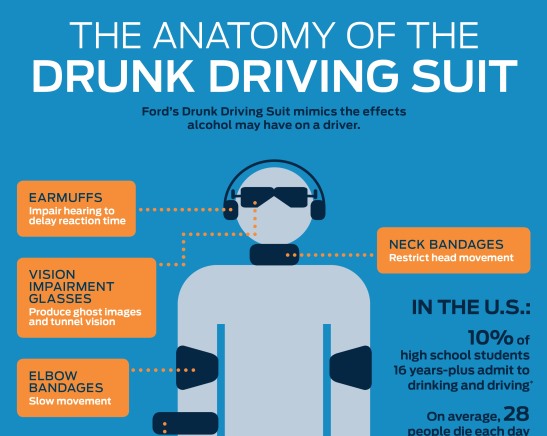By RENAISSANCE ALLIANCE

The dog days of Summer are here, and if you’re like millions of other American families, you’ll be spending lots of time by the pool.
While pools offer a slice of paradise in your backyard – they can also be incredibly dangerous. Here’s 3 safety tips for you to keep in mind.
1) No swimming without an adult around
Drowning doesn’t look like what you see on TV. Don’t let children swim unsupervised, even if your kids are future Olympians. It’s always best to have an adult keeping an eye on things. At cook outs, it’s a great idea to have a rotating schedule of chaperones so every one can enjoy the party.
2) No running
This one is a no-brainer, but still critical to remember. Pool decks are slippery, and it only takes one fall for someone to get a nasty bruise (or worse!) Don’t take any chances. Walk, don’t run. The last thing you need is a trip to the hospital or a lawsuit.
3) No diving in the shallow end (or no diving at all)
Research of Spinal Cord Injury Statistics found that 57.2% of all pool diving accidents occur in water 4 feet deep or less, while only 4.8% of swimming pool diving accidents occur in water at least 8 feet deep. Experts recommend no diving at all in above-ground swimming pools.
Pool Rules
A “Pool Rules” sign is a great way for you to remind family, neighbors and friends to be cautious in and around your pool. Visual reminders are an excellent way to keep everyone thinking about safety as they enjoy a dip. Search for an affordable one online or consider creating a home made version with some plywood and paint. It can be a great Summer project for you and your kids, and creating the sign at home can even help your children memorize the rules.
Fencing
Most insurers require a fence around a pool to qualify for coverage. But even if they weren’t required, it’s always recommended for safety. Children go outside to play in the Summer, and your pool should be inaccessible unless there’s an adult around to supervise.
Talk to your insurance agent about your Homeowners coverage to make sure you’re pool meets the minimum safety standards required by most insurers.
Reprinted from Renaissance Alliance – no usage without permission.










